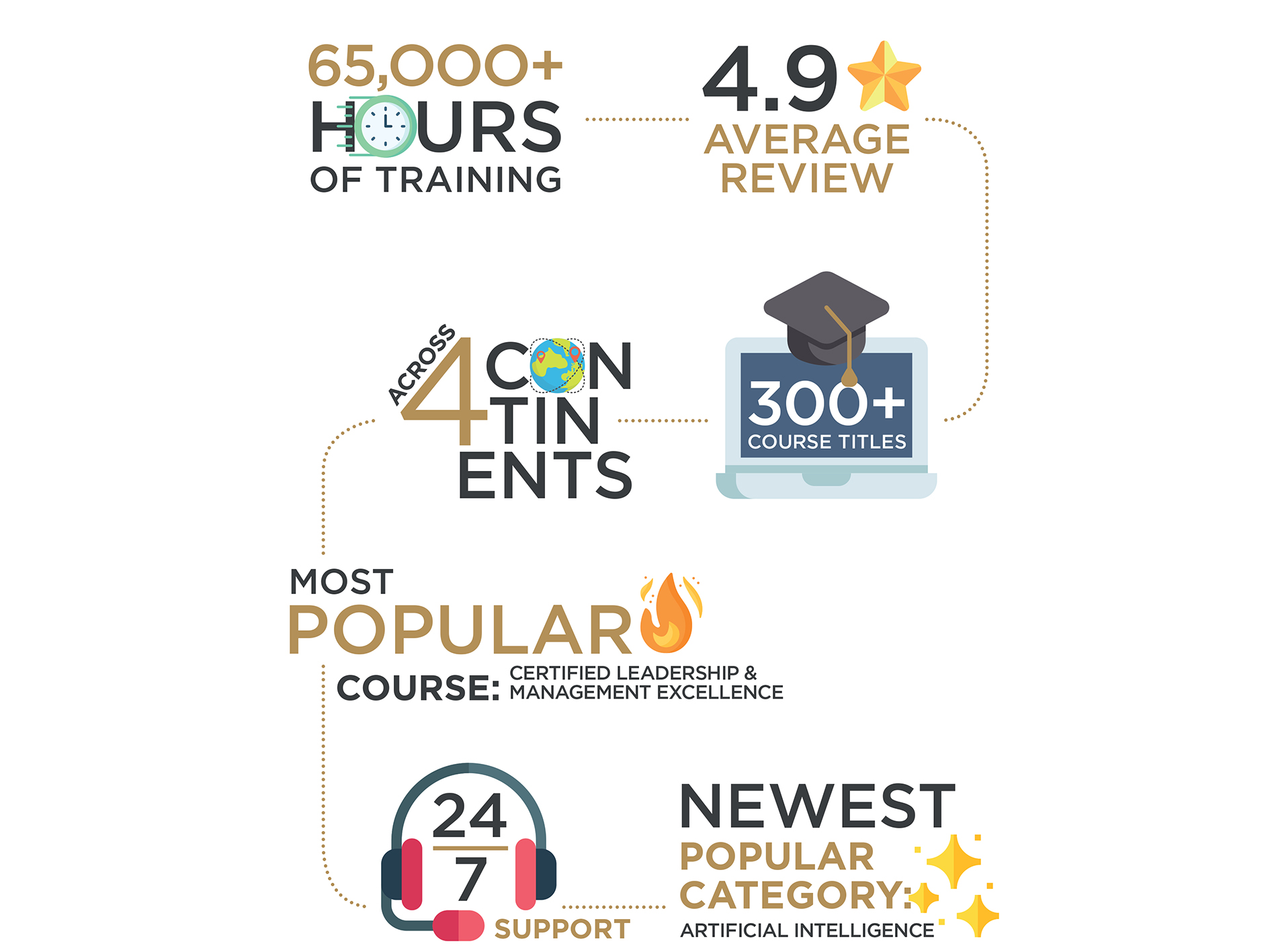The Ultimate Employee Engagement Guide: Strategies, Activities, and Best Practices
Employee engagement is crucial for a successful business. Engaged employees are more productive, committed, and satisfied with their work, leading to better business outcomes and a positive workplace environment. Research supports this, with a Gallup study finding that organisations with highly engaged employees experience a 23% increase in profitability.
In this guide, we will explore various employee engagement strategies, engaging activities, and best practices to help you enhance your workplace environment and drive business success.
What is Employee Engagement?
Employee engagement refers to an employee's emotional and rational commitment to their organisation and its objectives. This commitment motivates employees to actively contribute to their company's success by exerting extra effort beyond their job requirements. Ultimately, it’s a multifaceted concept that encompasses various aspects of the employee experience, including job satisfaction, commitment, and loyalty.
Employee engagement is based on several key elements that collectively strengthen an employee's connection to their work and organisation:
-
Emotional Commitment: They have a strong emotional bond with their work and organisation.
-
Rational Commitment: They believe in the company's goals and values.
-
Discretionary Effort: They go the extra mile in their roles.
Why Employee Engagement Matters
Employee engagement has numerous benefits that extend beyond the individual to the organisation as a whole:
Engaged employees are more motivated to perform at their best, leading to higher productivity levels. They are 38% more likely to have above-average productivity compared to their less-engaged counterparts.
High employee engagement significantly boosts retention, especially in times of uncertainty. Engaged employees are less likely to seek new job opportunities, while low-engagement teams typically experience turnover rates that are 18% to 43% higher than their highly engaged counterparts.
A focus on employee engagement fosters a positive and inclusive company culture, improving overall workplace satisfaction. An impressive 94% of executives and 88% of employees believe a distinct corporate culture is crucial to business success.
-
Improved Customer Satisfaction
Engaged employees are more likely to provide better customer service, leading to higher customer satisfaction and loyalty. Companies with engaged employees see an 89% improvement in customer satisfaction metrics compared to those with disengaged employees.
Key Employee Engagement Strategies for Success
There are several strategies organisations can implement to foster a more engaged workforce. Here are some of the most effective employee engagement ideas:
-
Cultivate a Supportive and Inclusive Culture
Creating a workplace where employees feel valued and supported is essential for boosting employee engagement. This involves recognising achievements, promoting diversity and inclusion, and maintaining open communication channels. An inclusive culture significantly enhances satisfaction and engagement.
-
Empower and Reward Employees
Giving employees autonomy in their roles and involving them in decision-making processes fosters a sense of ownership and accountability. Recognising and rewarding their efforts encourages high performance and strengthens employee engagement.
-
Provide Opportunities for Growth and Development
Employees are more engaged when they see opportunities for career advancement. Training programmes, mentorship, and continuous learning opportunities can significantly boost engagement. Supporting employees in their growth helps them remain committed to the organisation.
-
Solicit and Act on Feedback
Whether through surveys, one-on-one meetings, and suggestion boxes, regularly soliciting and acting on employee feedback shows that you value their opinions and are dedicated to improvement. This practice fosters open communication and trust, which is crucial for maintaining high levels of employee engagement.
-
Promote Work-Life Balance
A healthy work-life balance helps prevent burnout and keeps employees motivated. Offering flexible working hours, remote work options, and ensuring employees take their holidays are effective strategies. A balanced approach to work and personal life is essential for sustaining long-term employee engagement.
-
Set Clear Goals and Provide Ongoing Support
Setting goals and expectations gives employees clear direction and purpose for their roles. Regular check-ins to discuss progress, address concerns, and provide feedback are effective employee engagement ideas that make employees feel valued and supported, enhancing their overall engagement.
Fun Employee Engagement Activities to Try
Engagement activities make work more enjoyable and help build stronger team connections. Below are fun and effective employee engagement activities you can consider:
Strengthening relationships among colleagues is key to a cohesive team. Engage your employees with activities like escape rooms, scavenger hunts, and team sports. These activities are both fun and effective in building team spirit and camaraderie.
Implement wellness programmes to boost physical and mental well-being. Offer yoga sessions, fitness challenges, and mental health days to help employees stay healthy and engaged. Prioritising wellness leads to happier, more productive employees.
Organise social events such as happy hours, potlucks, and holiday parties. These gatherings allow employees to unwind and socialise in a relaxed setting, fostering better relationships and a positive workplace culture.
Encourage employees to take part in volunteering activities to enhance their sense of purpose and fulfilment. Volunteering benefits the community, builds a positive company image, and strengthens team bonds.
Introduce creative breaks during the workday, such as art classes, music sessions, or meditation breaks. These activities reduce stress and rejuvenate employees, making them more engaged and productive.
Best Practices for Sustaining Employee Engagement
To maintain high levels of employee engagement, organisations should follow these best practices, incorporating technology where applicable:
-
Maintain Consistent Communication
Provide regular updates from leadership, maintain transparent policies, and hold open forums to keep employees informed and engaged. Clear communication ensures everyone is aligned with the company's goals and progress.
Ensure leaders are approachable, empathetic, and supportive to inspire their teams and create a more engaging work environment. Leadership involvement directly impacts employee morale and productivity.
-
Personalise Engagement Strategies
Tailor employee engagement strategies to meet individual needs and preferences, such as customising recognition programmes or offering flexible work arrangements. Personalised approaches enhance satisfaction and loyalty.
-
Measure and Track Engagement
Use surveys and performance metrics to measure and track employee engagement regularly. This helps identify areas for improvement and assess the effectiveness of your employee engagement ideas. Continuous monitoring is essential for sustaining engagement levels.
-
Utilise Technology Effectively
Adopt collaboration tools like Slack and Microsoft Teams to facilitate communication and teamwork and incorporate gamification elements into employee engagement activities with reward systems, leaderboards, and interactive training programmes. Moreover, try to leverage employee engagement platforms for features like pulse surveys, recognition programmes, and feedback tools to streamline engagement efforts.
Cultivate a Thriving Workforce with Employee Engagement
Improving employee engagement requires a multifaceted approach. By adopting these strategies, activities, and best practices, your organisation can cultivate a more engaged, productive, and content workforce. After all, engaged employees are more likely to contribute positively to their company's success and maintain loyalty and motivation over the long haul.
For additional guidance and professional development in human resources and talent management, consider exploring our HR courses here at London TFE. Our courses provide deeper insights and advanced strategies to help you further improve employee engagement in your company. Contact London TFE and take advantage of expert training to boost your team's performance today.
Written by London Training for Excellence Team
 All Courses
All Courses
 Business Administration
Business Administration Chemical Engineering
Chemical Engineering Communications and Public Relations (PR)
Communications and Public Relations (PR) Compliance and Legal
Compliance and Legal Contract and Project Management
Contract and Project Management Customer Experience and Relationship Management
Customer Experience and Relationship Management Energy and Sustainability
Energy and Sustainability Finance and Accounting
Finance and Accounting Health, Safety and Environment
Health, Safety and Environment Hospitality & Tourism
Hospitality & Tourism Human Resources and Talent Development
Human Resources and Talent Development Industrial Manufacturing and Production
Industrial Manufacturing and Production Innovation and Artificial Intelligence (AI)
Innovation and Artificial Intelligence (AI) Leadership and Management
Leadership and Management Oil and Gas
Oil and Gas Procurement & Supply Chain Management
Procurement & Supply Chain Management Quality and Productivity
Quality and Productivity Retail and E- Commerce
Retail and E- Commerce Sales and Marketing
Sales and Marketing Sports Event Management and Operations
Sports Event Management and Operations Strategy and Business Planning
Strategy and Business Planning Sustainability and CSR
Sustainability and CSR Learning Solutions
Learning Solutions
 About Us
About Us
 iLearn Blog
iLearn Blog
 Directory Calendar
Directory Calendar
 Contact Us
Contact Us
 All Courses
All Courses
 Business Administration
Business Administration Chemical Engineering
Chemical Engineering Communications and Public Relations (PR)
Communications and Public Relations (PR) Compliance and Legal
Compliance and Legal Contract and Project Management
Contract and Project Management Customer Experience and Relationship Management
Customer Experience and Relationship Management Energy and Sustainability
Energy and Sustainability Finance and Accounting
Finance and Accounting Health, Safety and Environment
Health, Safety and Environment Hospitality & Tourism
Hospitality & Tourism Human Resources and Talent Development
Human Resources and Talent Development Industrial Manufacturing and Production
Industrial Manufacturing and Production Innovation and Artificial Intelligence (AI)
Innovation and Artificial Intelligence (AI) Leadership and Management
Leadership and Management Oil and Gas
Oil and Gas Procurement & Supply Chain Management
Procurement & Supply Chain Management Quality and Productivity
Quality and Productivity Retail and E- Commerce
Retail and E- Commerce Sales and Marketing
Sales and Marketing Sports Event Management and Operations
Sports Event Management and Operations Strategy and Business Planning
Strategy and Business Planning Sustainability and CSR
Sustainability and CSR Learning Solutions
Learning Solutions
 About Us
About Us
 iLearn Blog
iLearn Blog Directory Calendar
Directory Calendar
 Contact Us
Contact Us















































 Course category
Course category Course Venue
Course Venue
